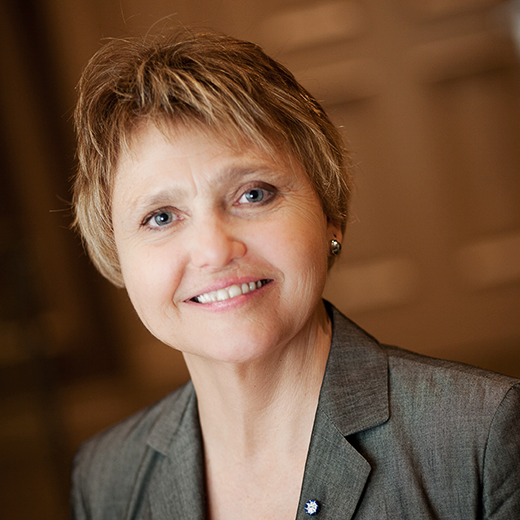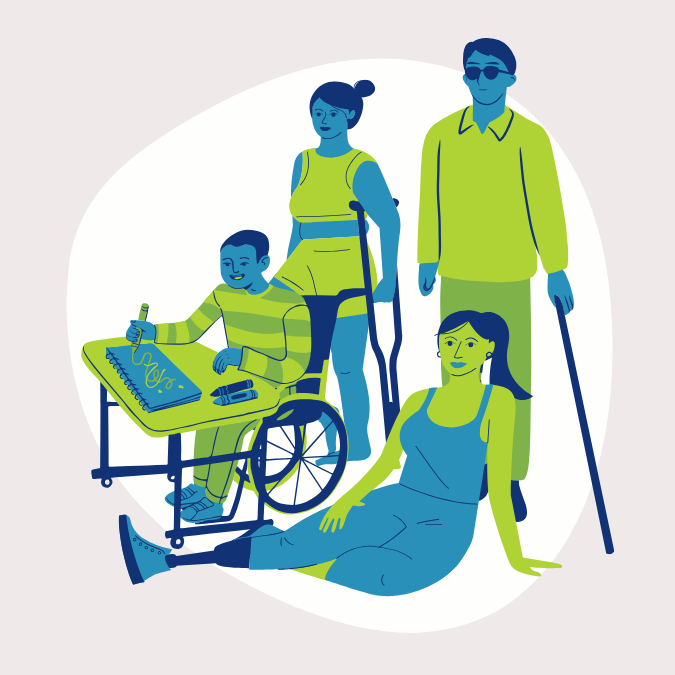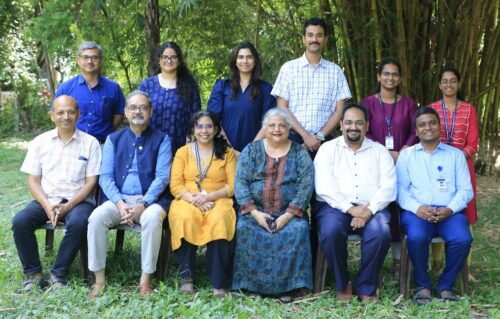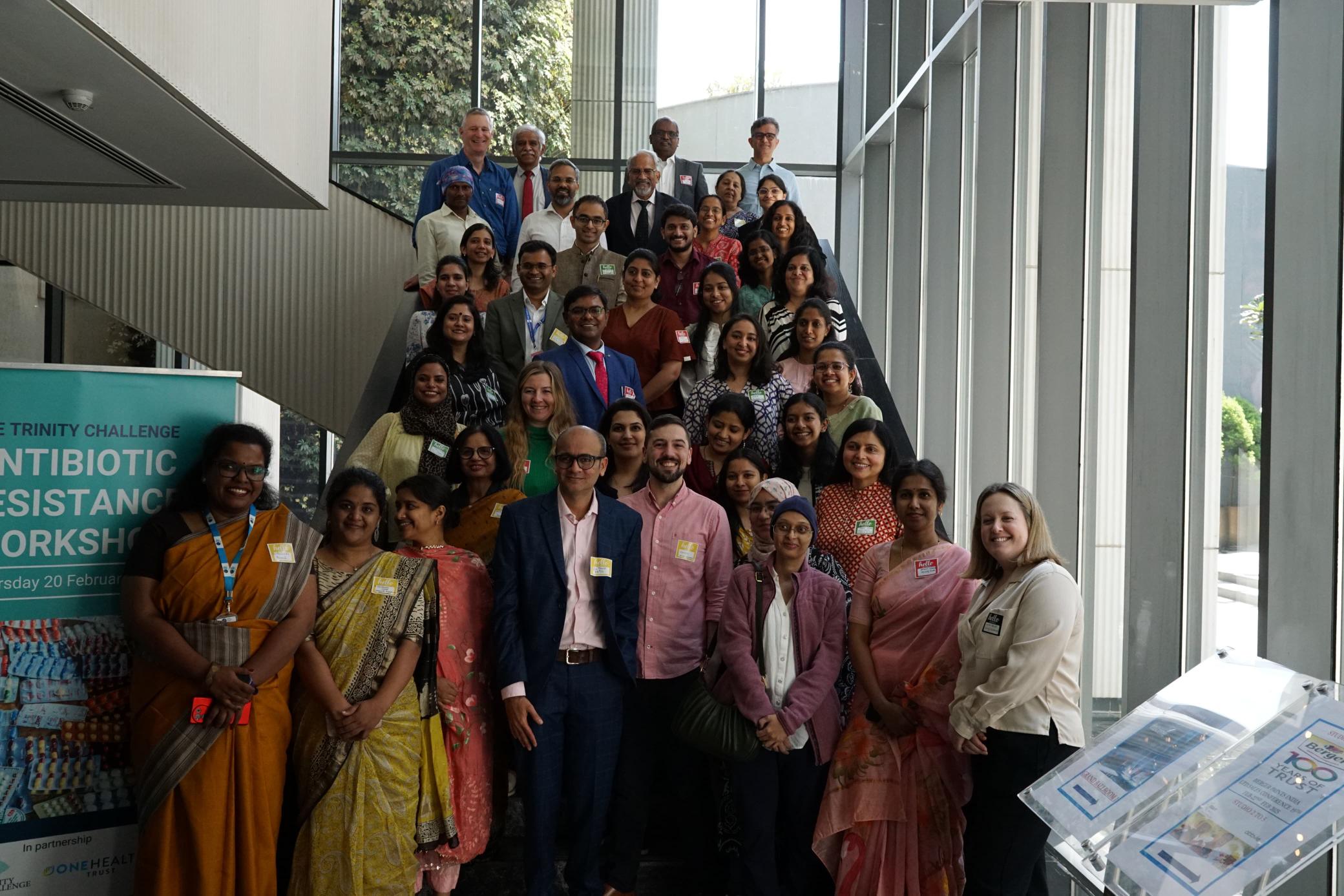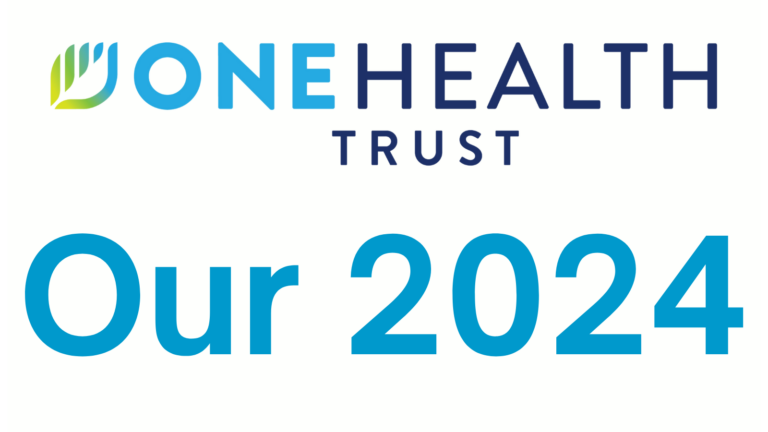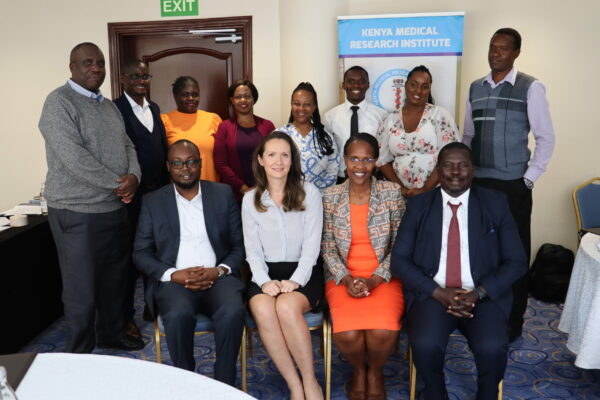September 29, 2011
Dr Anita Kotwani is an Associate Professor in the Department of Pharmacology at the V. P. Chest Institute, University of Delhi. At the Global Forum, she will be speaking during the session, Antibiotic Use and Resistance within the Community, on 4 October, 9:45 – 11:00.
CDDEP: The Global Antibiotic Resistance Partnership s Situation Analysis: Antibiotic Use and Resistance in India cited a great deal of your research on community access to medicines. What is the situation in terms of access to essential medicines in India? Do you see it improving anytime soon?
AK: Access to essential medicines was found to be low in public sector facilities of six states surveyed in 2003-2004. Therefore, the majority of patients have to buy medicines from private retail pharmacies. Typically medicines are supposed to be available for free to patients who visit a public facility. In India, 80% of health care expenditure is out-of-pocket. Availability of essential medicines is not a big issue in private sector but affordability for the vulnerable section of society is a concern, limiting the access to essential medicines. Moreover, many-a-times the highest-priced generic version, or the popular brand name of the medicine, are available at the private retail pharmacies.
Certainly the situation can be improved. First of all, procurement procedure needs to be streamlined, making it transparent and accountable. Many state governments are changing their procurement system and doing pooled procurement of medicines for the public sector. But to improve the situation in public sector a lot needs to be done and probably government also needs to increase the drug budget. For the private sector or when a patient is buying the medicines, doctors need to prescribe medicines (trade name) that are reasonably priced. India is a generic market but we do not have medicines marketed with their generic (INN) name. Each company gives a trade name to the generic equivalent medicines so we have dozen(s) of trade names for each therapeutic moiety with different maximum retail prices (MRP) printed. Therefore, awareness about these generic equivalents and price variation is needed for doctors and consumers.
The Department of Pharmaceuticals has opened a few Generic Drug Stores (Jan Aushadhi) where generic medicines manufactured by five public undertaking pharmaceutical companies are available at a reasonable price. Opening generic drug stores and making essential medicines available at affordable prices is a good policy and a step in the right direction. But, this policy needs certain changes in the implementation, like opening these stores in private hospitals, villages and other areas where a large section of society have access to these stores, raising awareness for generic equivalents and publicizing evidence-based quality of generic medicines available at these stores.
One of the challenges facing hospital pharmacies in India is an inconsistent supply of medicines from the government. Can you talk about the implications of this situation, and how hospitals cope with medicine shortages?
Generally primary health care facilities do not purchase medicines but get supply from a central store. Inconsistent supply of medicines from the central government store will lead to frequent stock outs and medicines for which supply is erratic will not be available for patients. Therefore, either patients will purchase medicines from a private retail pharmacy or go without treatment or with incomplete doses & duration. In cases of shortage of supply many-a-times less quantity is dispensed to patients. These situations are a problem for antibiotic complete course of therapy and for chronic ailments where the treatment is for long duration.
In the case of stock outs, tertiary care hospitals can do local purchases. Depending upon the situation and policy of the hospitals sometimes local purchases are done only for inpatients. Medicines bought as local purchases rarely undergo the same quality assurance checks, and prices are usually higher than the approved procurement price by the government. In addition, the procurement offices of tertiary care hospitals are doing the same work, trying to find suppliers of the same medicines.
You ve done a lot of research on factors that influence antibiotic prescribing in India. Can you define rational use of medicines for us?
The WHO defines medicine use as rational (appropriate, proper and correct) when patients receive the appropriate medicines, in doses that meet their own individual requirements for an adequate period of time and at the lowest cost to them and to the community. The definition of rational use of medicine will remain the same and the definition holds true for rational use of antibiotics. Many factors that influence antibiotic prescribing by doctors or pharmacists or self-medication by patients results in irrational use of antibiotics in the community. These factors result in inappropriate use, as in a condition not requiring an antibiotic or the wrong choice of antibiotic, or incorrect dose and duration.
You also do some important research on community surveillance of antimicrobial use and resistance. In your experience, what could be done to improve surveillance in community settings?
Surveillance of antibiotic use in the community is very important, as about 80% of antibiotics are used in the community and the rest in hospitals. Surveillance of antibiotics in the community is difficult in resource-constrained settings of low-income countries. It is difficult as there is no good database available and in most settings antibiotics are available over-the-counter or without prescription and in incorrect dose and duration.
In outpatient settings of tertiary and secondary care hospitals, antibiotic use data can be recorded and entered. For this we need to develop a simple pro forma and a very good computer program for data entry. The records from each facility can be sent via computer to a central place for analysis. For private clinics, patients get their prescription filled at a private retail pharmacy. Similar program/forms should be made mandatory for all retail pharmacies to fill for all the antibiotics they bought and dispensed for each month.
Of course, sensitization workshops need to be conducted before implementing such a program.
What do you think are the biggest challenges facing India when it comes to preserving the effectiveness of important, first-line antibiotic treatments? Are these challenges similar to those facing other developing countries?
The qualitative studies conducted in Delhi with primary care doctors, community pharmacists and with the community revealed that most of the time first-line antibiotics are used for upper respiratory infections, like cold, flu, cough, etc, or acute diarrhea conditions where antibiotics are not needed. In developing countries pharmacists advise and prescribe antibiotics to their patients. Pharmacists also prescribe and dispense first-line antibiotics for one or two days. First-line antibiotics are relatively inexpensive so patients do not mind purchasing antibiotics on their own without a valid prescription or on the advice of pharmacist. Many-a-times patients are not even aware that pharmacists are dispensing antibiotics to them. Awareness about antibiotics and antimicrobial resistance is very poor in the community.
Finally, what are you hoping to take away from the 1st Global Forum on Bacterial Infections?
I am hoping to take away a lot!
It is a very interesting Global Forum in a real sense; we have participants who have done research on antibiotic use and resistance from low and middle countries participating and presenting their work. We have policy makers and researchers from the developed world who have good surveillance system for antibiotic use and resistance in place. Experts from agriculture and veterinary contexts are also participating and will be able to get knowledge about use of antibiotics in these two important fields.
I am looking forward to the pre-forum workshop and session on antimicrobial stewardship and the session on interventions to improve antibiotic use in the community.


